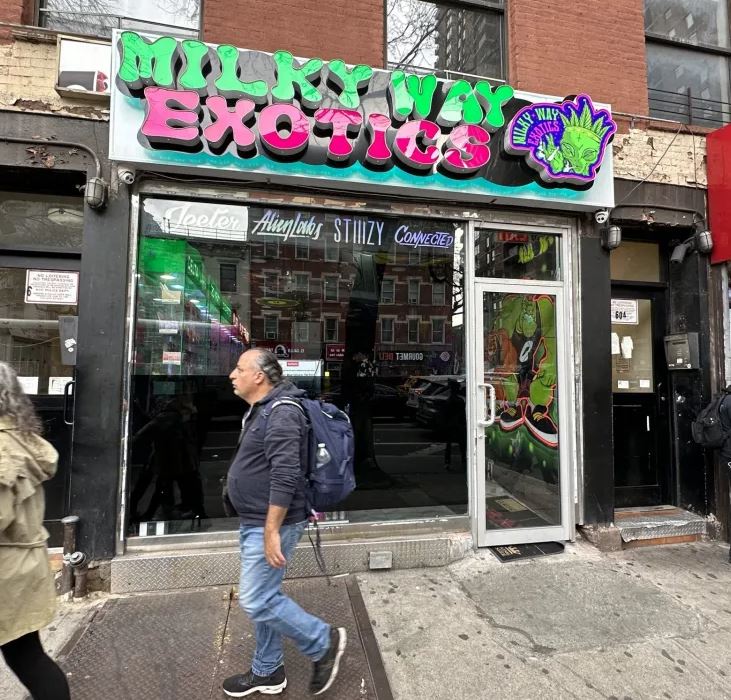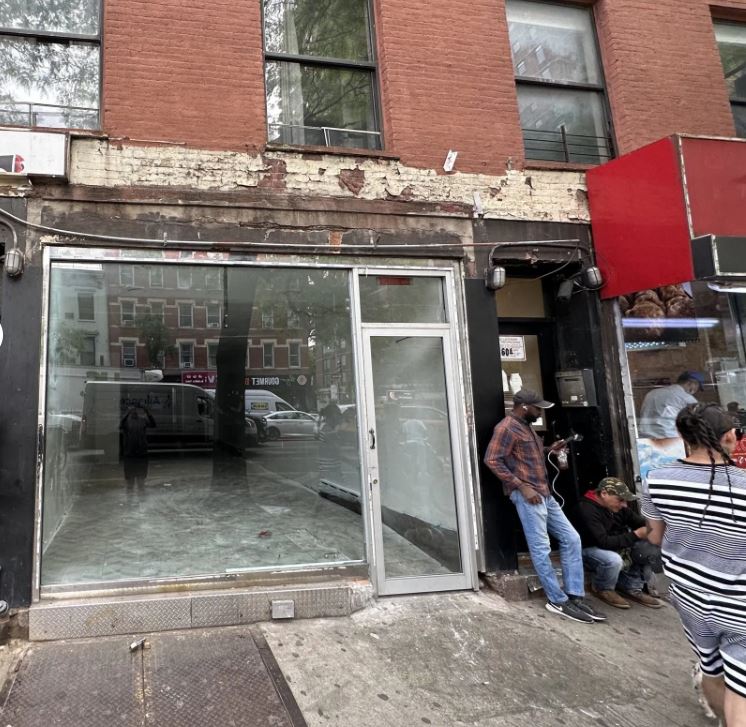Landlord Defaults On Garment District Loan After WeWork Vacates 135K SF
July 19, 2023 Ciara Long, Bisnow New York City
From Bisnow:
The owner of a nine-story office condominium in Manhattan’s Garment District has fallen behind on its debt obligation after the building’s sole office tenant stopped paying rent.
The loan backing the commercial portion of the 18-story 315 West 36th St. building, built in 1926, is now in special servicing, according to the Morningstar Credit database. The building’s owner, Walter & Samuels, has been in default since April, according to commentary by special servicer Midland Loan Services.
The largest tenant in the property WeWork, signed a lease in 2015 covering roughly 135K SF across all nine floors of office in the building. But WeWork has stopped paying rent, according to the special servicer commentary, and is not planning to renew its lease for the space.
The building has 143K SF of leaseable space, including ground-floor retail. Walter & Samuels took out a $77M loan at the building in 2018, which matures in March 2028. Walter & Samuels, led by David Berley, paid SL Green $115M for a 35.5% stake in the building a few months after WeWork signed its lease.
WeWork doesn’t list the building on its website, but does offer coworking space down the block at 229 West 36th St.
The building has nine stories of residential condos atop the commercial property and spans 276K SF in total. Ratings agency Fitch signaled in early June that the property’s CMBS debt could face a credit downgrade, Crain’s New York Business reported.
The lender and special servicer have executed a pre-negotiation letter and are starting workout discussions for the space, according to the servicer commentary.
Representatives for Walter & Samuels and WeWork declined to comment to Bisnow.
WeWork’s contraction efforts in recent years have led to upheaval in the office markets it operates in. After closing scores of locations in the early months of the pandemic, it announced last fall it would close 40 more as its losses mounted. It was sued in Chicago earlier this year for vacating a property it agreed to lease until 2033.
In one instance, WeWork stopped paying rent to itself. At 600 California St. in San Francisco, a building in which WeWork has a 3% ownership stake and occupies more than 50%, loan documents indicate it stopped paying rent earlier this year, Bisnow previously reported.




